Your laundry detergents powder aroma may make you think of spring rain or dew, but it probably still includes some harsh chemicals which make you rash. One or more of the ingredients in a common detergent can cause an adverse reaction in the skin of some people. Laundry detergent contains fragrances, preservatives, and colors that can cause skin irritation in some people.
Laundromat detergents have been linked to contact dermatitis. This condition shows up as a rash that is either all over the body or localized to specific areas like the armpits and groin and is red and itchy.

Some people are allergic to or develop sensitivities after being exposed to, laundry detergent for the first time, while others develop these reactions only after repeated use. Most people can avoid getting a rash from their laundry detergent if they avoid using detergents that contain fragrances and dyes.
Similar origins
Allergens
Many of the ingredients in common laundry detergents can be irritating to the skin.
Like most soaps, detergents contain a surfactant, which acts on the surface of the water to clean it. The action of the surfactant loosens the dirt and oil particles, allowing them to be washed away. In some cases, harsh surfactants can irritate the skin, especially on those with more sensitive skin.
Synthetic fragrances are another large group of chemicals that can irritate the skin and lead to rashes. Many laundry detergents have proprietary scent blends that make it difficult for consumers to know exactly what they’re buying.
Laundry detergents may also include other common allergens, such as preservatives, which can cause reactions in sensitive individuals.

Enzymes
Synthetic fragrances and dyes
Fabric conditioners that moisturize and soften
Compounds used as emulsifiers, thickeners, and solvents
Exposure to a mild allergen, like those found in laundry detergents, might take a while before an allergy develops. However, if an allergy has formed, even a small amount of the allergen in question might trigger an attack.
Atopic dermatitis
Contact dermatitis occurs when an allergic reaction to a substance that comes into contact with the skin occurs, such as soap, plants, or metals. In general, there are two types of contact dermatitis: irritant and allergic.
Irritating contact dermatitis might cause a rash even if you aren’t sensitive to any of the components in your laundry detergent.
In the absence of an allergic reaction, irritant contact dermatitis is the most common kind of skin rash. When the outer layer of your skin is broken by an irritant, a rash appears that causes itching and discomfort. Detergent reactions can occur after prolonged or initial exposure.

Allergic contact dermatitis occurs when the skin comes into touch with an allergen. When you have an allergy, your body goes through the motions of creating an immunological response.
To what extent do symptoms manifest themselves?
Depending on how sensitive you are, you may have symptoms as soon as you touch freshly washed clothes or as late as many hours later if you have an allergy to anything in your laundry detergent. This may take place immediately or it may take several hours. There could be a red rash, mild to severe itching, blisters that flow or crust over bumps, and so on.
Scaly, dry, and cracked skin
That’s particularly delicate scorching inflamed skin
Localized areas of skin that are frequently exposed to potent irritants, such as the skin directly beneath a piece of jewelry, can develop contact dermatitis. But if the signs and symptoms persist, laundry detergent may be to blame.
Since your entire body comes into contact with infected textiles, symptoms might appear everywhere. It has been reported that the groin and armpit areas are particularly sensitive for those who suffer from this condition. The fresh linens of your pillowcase may cause an adverse reaction in your sensitive facial skin.
If your newborn or toddler is showing signs of a rash, you should check the areas of their body that haven’t been in contact with clean clothing. This usually refers to the individual’s face, head, and area just above and below the diaper.
Regarding treatment, it’s important to remember that the great majority of rashes are manageable with over-the-counter medications and some minor lifestyle changes.

The most important thing you can do if you have chemical sensitivity or allergy, like to a specific detergent brand, is to figure out what you were exposed to that caused the response. At that point, you’ll be able to take preventative measures. Considering the following steps may help you feel better:
Apply a topical steroid cream to the affected area. Applying a steroid cream containing at least one percent hydrocortisone, which is available without a prescription, can reduce itching and irritation.
Put on some anti-itch cream. Calamine lotion has the dual benefit of soothing the skin and relieving irritation.
Consider taking an antihistamine. Benadryl and other antihistamines can effectively halt an allergic reaction in its tracks.
Soak in a tub of oats. An oatmeal bath can help reduce itching and soothe inflamed skin.
A wet compress should be used. An inflamed skin’s sensitivity can be reduced by using a towel that has been soaked in cold water.
Advice and Caution
Don’t use a detergent with added dyes or scents.
Many people have severe reactions to the synthetic compounds used in fragrances and dyes. Think about using a vegetable-based detergent without added colors, perfumes, and other chemicals like Seventh Generation’s Devoid and Clear.
To that end, go out and stock up on some extra eco-friendly cleaning products.
Wash your load twice as fast.
An extra rinse cycle may be all that’s needed to keep detergent from leaving a film on your laundry. Hotter is better when it comes to eliminating allergens, so make sure the water you use is boiling.
Dryer balls are an excellent alternative to both fabric softener and dryer sheets.
Fabric softener and dryer sheets are two sources of chemicals that you may avoid introducing into your house by not using them. Dryer balls, often made of wool, plastic, or rubber, can reduce static cling and soften clothes without adding any new potential allergens to the wash.
Combine baking soda and vinegar for use
When combined, baking soda and white vinegar make for a fantastic environmentally friendly cleaner. They can be used in place of detergent, or as an extra step in a second wash. You may naturally lighten and soften your clothes with the aid of these products, which won’t irritate your skin.
Create your own laundry soap.
You can make your own detergent using things like washing soda and borax.

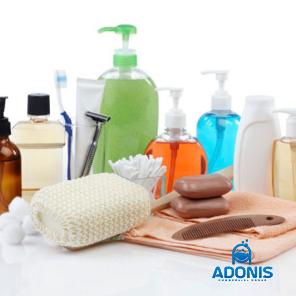

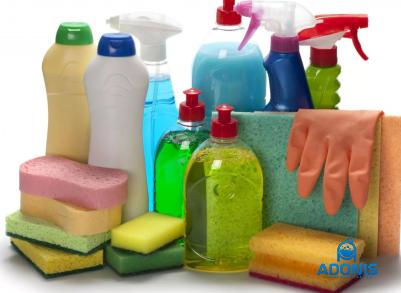
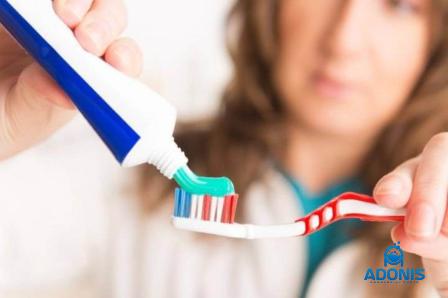
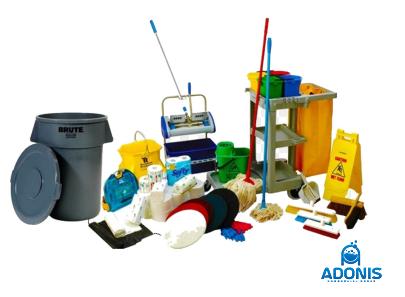
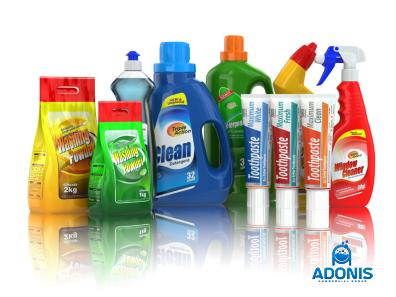

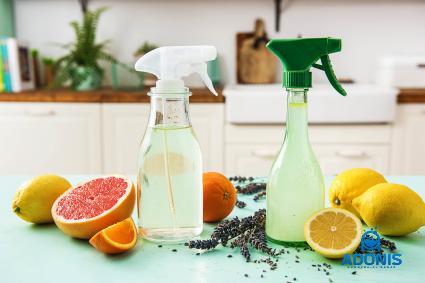


Your comment submitted.